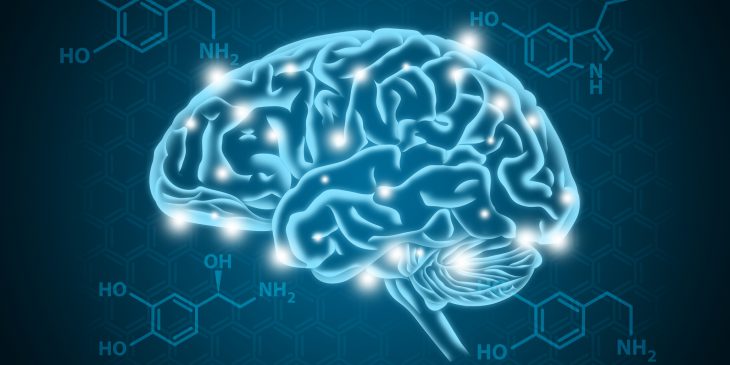Have you ever wondered why teenagers push boundaries and take seemingly unnecessary risks? A new study from the University of Pittsburgh revealed that individual differences in sensation-seeking behavior may be linked to brain dopamine levels. The study, recently published in Developmental Cognitive Neuroscience, found that higher levels of brain dopamine make it easier for teens to suppress their impulses when they are presented with rewards.

Dr. Ashley Parr
“Teenagers can be impulsive, sensation seeking, and often prefer immediate rather than long-term rewards,” said lead author Dr. Ashley Parr, a post-doctoral fellow studying adolescent brain development at Pitt. “These reward-driven behaviors can be adaptive in that they allow teens to learn from their mistakes and make better decisions as they transition to adulthood. We wanted to investigate what happens in the brain during adolescence to support these risk-taking, reward-driven behaviors and how these processes change during the transition to adulthood.”
Sensation seekers, particularly adolescents, desire new and complex experiences, sometimes irrespective of the associated risks. The study revealed that, like adults, adolescents can override impulses and make goal-driven decisions rather than impulsive decisions. But while adults can easily switch their attention away from behaving impulsively, adolescents require more effort and motivation — and the amount of effort needed to override their impulses may depend on the dopamine content in their brains.
The levels of dopamine — the chemical released in the brain in response to a reward — differ between adolescents and adults and may drive adolescent sensation-seeking behavior. But this same chemical could be harnessed to improve adolescent impulse control. Parr and her team explored this possibility by asking teen and adult participants to avoid looking at a flash of light. Although adults find the task easy, teenagers struggle to resist the natural urge to look at the light. Then the researchers looked at dopamine levels in participants’ brains by measuring the amount of iron — specifically in dopamine-rich areas that are involved in reward processing.
The authors found that adolescents’ performance on the task improved with age, and that when the task was incentivized with rewards, some adolescents performed as well as adults.
“During adolescence, the brain becomes tuned to obtain rewards. To understand why some teens behave better when they receive rewards compared to others, we questioned if and to what extent dopamine is involved,” said Parr. “We found that adolescents with higher dopamine levels could control their impulsive responses better when there was a reward involved while those with less dopamine did not get a boost from the potential reward and did not improve in stopping impulsive responses.”
In this study, varying amounts of tissue iron, which indirectly reflect differences in dopamine processes, revealed why rewards positively affect inhibitory control in some adolescents but not others. This measure of dopamine was strongly related to inhibitory control in people below age 17. By the time a person reaches adulthood, dopamine levels in the brain stabilize, their performance on the task reaches optimal levels and becomes more refined, and reward incentives are no longer required.
“This is the first study demonstrating that tissue iron levels linked to dopamine in the developing brain contribute to the ability to control impulses when given reward incentives,” said Parr. “Learning that adolescents with lower dopamine levels may be limited in their ability to engage parts of the brain that control impulsive behavior might mean that they require higher reward stimulation, but we haven’t done this follow-up study yet. Our study provides insight into brain development timelines and highlights the possibility of leveraging this knowledge to improve impulsive behavior in adolescents in certain settings such as classrooms. It may also change how we approach disorders involving dopamine dysfunction and impulsive behaviors, such as substance use disorder.”
Anu Balogun is a Ph.D. candidate in the University of Pittsburgh School of Medicine’s Department of Pathology. She is participating in the UPMC Science Writing Mentorship Program.








